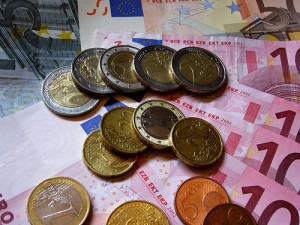GDP, or Gross Domestic Product, is a measure of the economic output of a country. It seems to be an unspoken assumption by nearly all economic commentators that more GDP is better than less. If the GDP of a country declines, then we call that a recession. If it grows, we call that a ‘healthy’ economy. Indeed, we seem to use all sorts of anthropomorphic adjectives to describe the world of financial transactions. Think about it:
The economy is struggling. The economy is recovering. The economy needs to be stimulated. The economy is crippled. The economy is healthy. The economy is at risk. The economy is growing.
In fact, if we didn’t know what the word meant, we might hazard a guess that ‘The Economy’ is the name of a friend’s slightly wayward toddler.
Which brings me to my question. A toddler, of course, should be growing – physically, emotionally, and intellectually. But not all growth is good. We are told that it is good for a country to experience continuous economic growth of a few percent every year. But unrestrained, exponential growth of living cells is know by a different name.
We call it cancer.
If our industrial output grows at, lets say a nice conservative rate of 2 percent a year, then after 10 years we will be producing 21 percent more goods and services than when we started.
After a hundred years we will be producing seven times as much.
After a thousand years, we will be producing just shy of 400 million times as much.
Seriously. Try the math. Enter 1.02 to the power of 1000 in your calculator. The answer is 398,264,651.
400 million times as many cars. 400 million times as many cell phones. And filling 400 million times as many landfills.
Does your city have space for 400 million landfills?
And if not, then how should we measure the health of a country?
